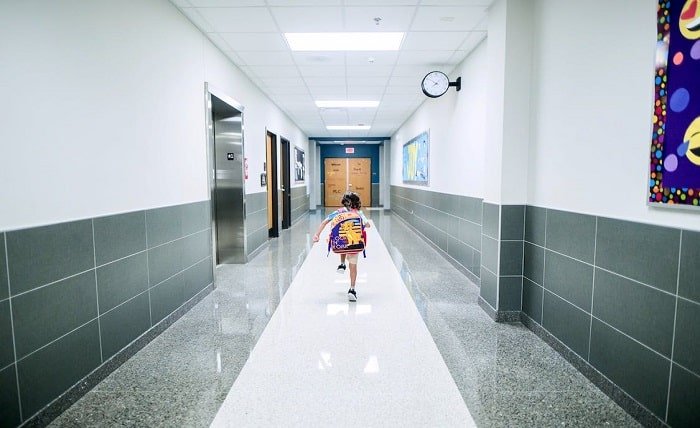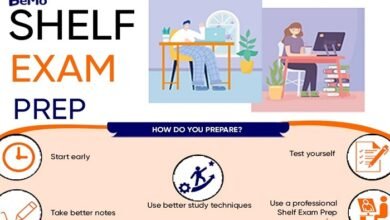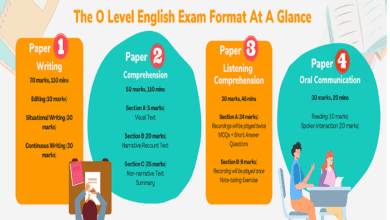How PCB Contamination in Schools Can Affect Children’s Health

In the seemingly innocent halls of schools where children are supposed to thrive, there exists a hidden danger that threatens their health and well-being.
PCBs, once hailed as technological marvels, found their way into numerous building materials and electrical equipment. The dark side of these chemicals soon emerged, revealing their insidious effects on human health, especially on the vulnerable and developing bodies of children.
This article delves into the ominous presence of PCB contamination in schools and explores the profound implications it has on their health.
What are PCBs?
PCBs, short for polychlorinated biphenyls, constitute a class of synthetic chemicals initially developed in the late 19th century. Their widespread integration into various construction materials began in the late 1920s and early 1930s.
These substances found their way into everyday products, including caulk, fluorescent light ballasts, and electrical transformers. They were in use until the United States imposed a ban in 1979, over four decades ago.
The challenge with PCBs lies in their enduring presence. Even though their production was halted, remnants of these toxic compounds still linger in the environment, especially in buildings and soil.
Education Week notes that remediation efforts are complicated and expensive. In severe cases, it may necessitate the complete closure and demolition of an entire school campus. At the very least, it often entails isolating contaminated portions of a school building. Before embarking on the cleanup, pinpointing the precise sources of airborne PCBs is a formidable task.
The financial burden is also substantial. For example, the Burlington district in Vermont incurred millions of dollars in relocating its high school to a temporary facility. It further plans to invest roughly $200 million in constructing a new, PCB-free building in the original location.
Even for schools not requiring complete replacement, PCB mitigation can still run into hundreds of thousands of dollars. The legacy of PCBs in schools is a complex and costly issue, affecting both infrastructure and the health of students and staff.
How Are Children Exposed to PCBs in Schools
Children in schools face potential exposure to PCBs through several pathways. The PCBs can permeate indoor air from building materials within the school environment.
This means that students and staff may unwittingly inhale dust or vapors laden with PCBs, leading to direct respiratory exposure. Additionally, PCB-laden dust settled on surfaces can easily transfer onto children’s hands. When this contaminated dust is ingested, such as during meals or snacks, it can enter their bodies, posing a significant health risk.
Skin contact with materials containing PCBs is another concern. Children frequently touch various surfaces, and if these surfaces harbor PCBs, skin exposure becomes a potential route of contamination. Essentially, the very surroundings meant to nurture and educate can harbor this invisible threat.
Health Effects of PCB Exposure in Children
PCB exposure in children can have both short-term and long-term health effects, encompassing a wide range of physical and developmental issues.
Short-term effects of PCB exposure can manifest as skin and eye irritations, respiratory problems, and gastrointestinal distress. These immediate health concerns can cause discomfort and distress in affected children, potentially affecting their overall well-being and daily activities.
However, it is the long-term effects of PCB exposure that raise the most significant concerns. Prolonged exposure to PCBs is associated with severe health consequences, including cancer, reproductive problems, neurological issues, compromised immune systems, and developmental challenges.
The seriousness of PCB exposure is exemplified in The Guardian, where a Massachusetts mother filed a legal action alleging widespread PCB pollution. The contamination, primarily stemming from General Electric (GE), Monsanto (now owned by Bayer), and other companies, led to her nine-year-old son developing leukemia.
The mother contends that GE knowingly contaminated her son’s elementary school playground with PCB waste while minimizing the potential harm it could cause. The school was situated near a GE facility that produced electrical transformers containing PCBs. It was allegedly affected as PCB-laden soil from the GE site was spread over the school grounds.
The PCB lawsuit underscores the far-reaching consequences of the contamination on the health of children. It also stresses the ethical implications associated with corporate responsibility and the well-being of communities exposed to these toxic substances.
TorHoerman Law notes that lawsuits associated with PCB exposure allege that manufacturers were aware of the risks but neglected to inform the public. This has resulted in numerous settlements and verdicts favoring the victims.
How to Protect Children From PCB Exposure
Protecting children from PCB exposure in schools is of paramount importance. Several proactive measures can be taken to safeguard their health and well-being. Including:
- Regular testing for PCB contamination: Schools should implement routine testing for PCB contamination. This ensures early detection and assessment of the extent of the issue.
- Removal of PCB-containing materials: When PCB-containing materials are identified, they should either be safely removed or encapsulated to prevent PCB exposure. This may involve renovation and removal of materials like caulking, insulation, or light ballasts that contain PCBs.
- Cleaning and maintenance: Regular cleaning and maintenance practices are essential to minimize dust and dirt buildup in school environments, as these can contain PCBs. Thorough and frequent cleaning reduces the potential for exposure to contaminated surfaces.
- Education and awareness: It is crucial to educate students, staff, and the wider school community about the risks of PCB exposure. Awareness programs should cover the importance of preventive measures, safe hygiene practices, and early recognition of symptoms.
WCAX notes the example from Vermont that demonstrates an innovative approach to addressing PCB contamination in schools. Their use of low-flow air sampling pumps strategically placed throughout school buildings provides ongoing monitoring of indoor air quality.
This method is particularly valuable for detecting very low levels of PCBs, highlighting the commitment to thorough and proactive assessment.
Incorporating these measures, alongside strict regulations and robust remediation processes, is essential to creating safe and healthy learning environments for children.
Final Thoughts
Let this mark the commencement of a shared commitment to eradicating PCB contamination from our schools. We must guarantee that every child can pursue their education and flourish in an environment that is untainted by harm.
Confronted by this menace, knowledge becomes our shield, and unity our source of power. Together, we can safeguard our children, not only ensuring their well-being but also protecting the sacred spaces where their hopes and ambitions unfurl.




